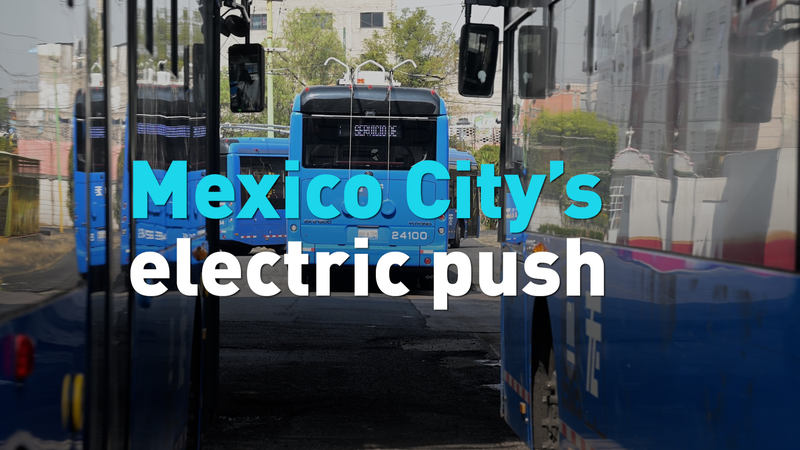Central Asia is stepping into a digital era with a unique latecomer advantage. Following Chinese President Xi Jinping's visit to Astana on June 16 during the China–Central Asia Summit, the region is embracing mature digital solutions to close the digital gap and fuel inclusive growth.
The legacy of the ancient Silk Road is merging with modern innovations through initiatives like the Digital Silk Road, paving the way for a shared digital commons. This means more reliable connectivity and tech-driven enhancements in education, healthcare, and commerce—just as mobile learning and e-commerce platforms have transformed lives across South and Southeast Asia! 🚀
Being a latecomer can be a strategic win. By adopting proven models from emerging markets like Vietnam, Indonesia, and the Philippines, Central Asia can quickly skip the costly trial-and-error phase and power forward with ready-to-use technologies.
The region is also investing in its most valuable asset: talent. By nurturing both high-end scientific researchers and skilled technical workers through collaborative exchanges and vocational training, Central Asia is building a robust foundation for technological advancement.
On another front, agricultural technology is playing a vital role in poverty alleviation. Innovations such as drought-resistant crops, smart irrigation, and precision farming are transforming local agriculture, boosting productivity and fostering sustainable rural development.
As tradition meets modernity, Central Asia’s digital journey is setting the stage for a transformative future marked by innovation, talent, and inclusive prosperity. 😎
Reference(s):
Latecomer advantage: Central Asia's prospects for embracing technology
cgtn.com




